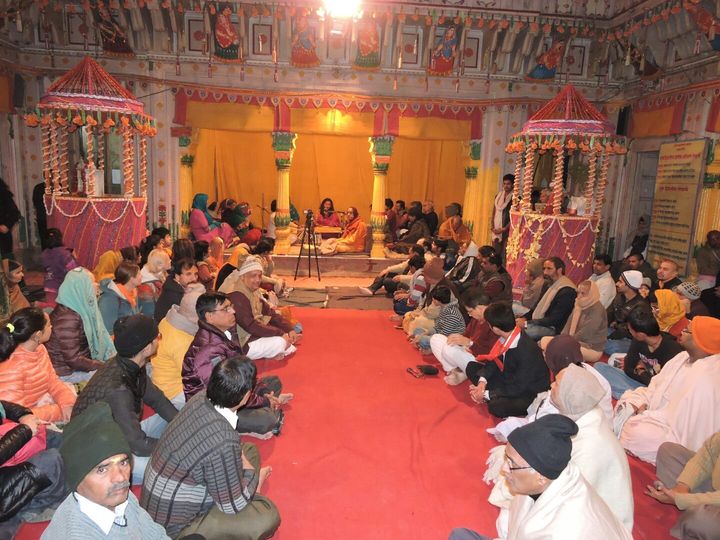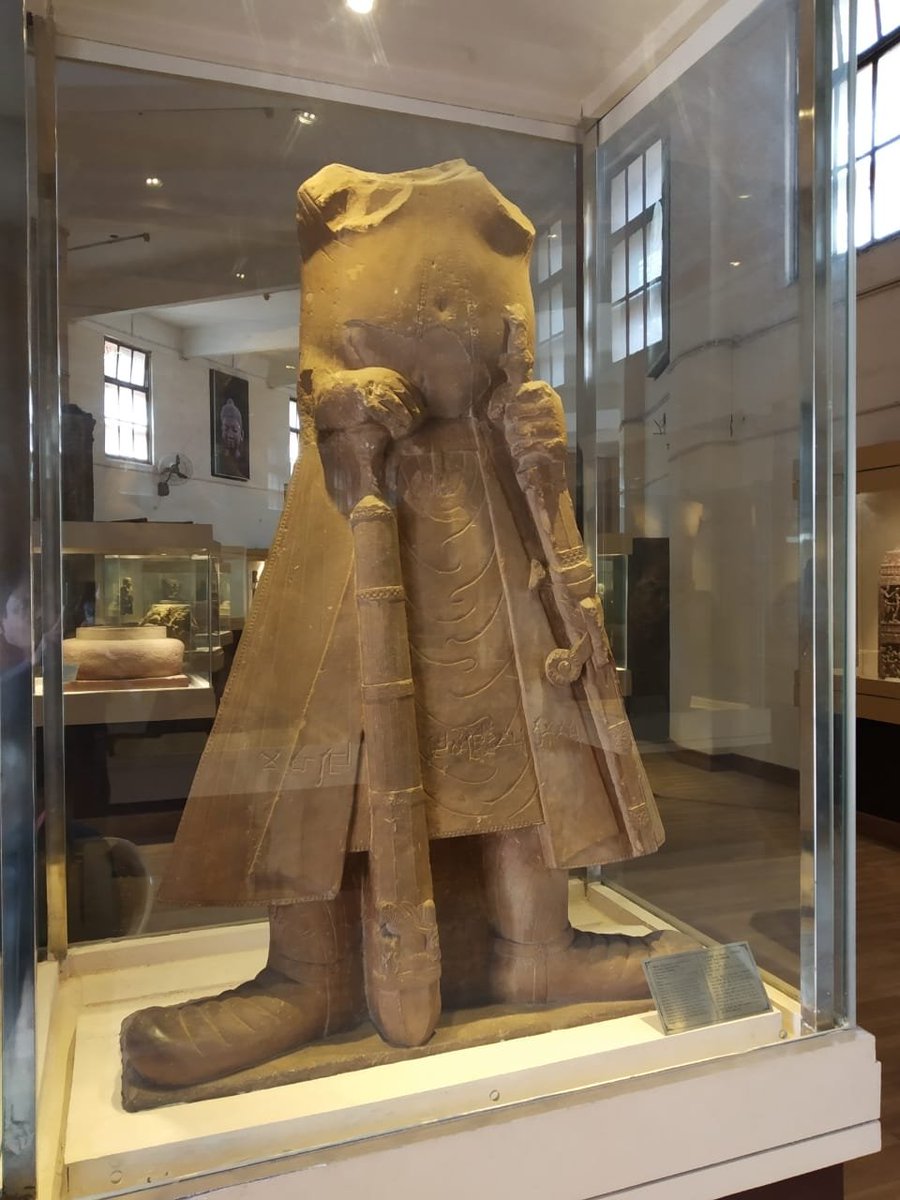2025.07.31 (Vrindavan Today News): While the proposed Thakur Shri Banke Bihari Temple Corridor remains entangled in legal formalities, the real estate sector in the holy town of Vrindavan is scripting its own transformative saga. Prominent construction giants from across India have already taken decisive steps to claim their space in what is rapidly becoming a high-stakes development zone, laying the foundations of a real estate corridor that could reshape the spiritual and economic geography of the region.
National Giants Stake Their Claim
The announcement of the temple corridor ignited intense interest among property developers. Over the past months, nationally recognized real estate conglomerates have quietly moved in, purchasing vast tracts of land in and around Vrindavan and Mathura. One such major player has already acquired 85 acres of land and launched a large-scale residential project. Another group has followed suit, while a third well-established national developer is expanding its footprint in the district.

Local realty firms are not far behind. Several reputed regional developers have also unveiled their projects, ensuring that real estate activity is booming on every major route: Delhi Highway, Jait Road, Ramtal Road, Garud Govind Mandir Road, and Raal Road.
This surge has led to a dramatic and unexpected rise in land prices. Approved plots, depending on location, now range from ₹70,000 to ₹125,000 per square yard, a sharp increase that has sent shockwaves through local markets.
A New Urban Identity: Flats, Hotels, and Luxury
The area’s skyline is swiftly changing with the rapid rise of residential colonies, flats, and luxury hotels. A major trend currently shaping the market is the growing popularity of studio apartments, 1-BHK, and 3-BHK units, while the demand for 2-BHK flats is comparatively modest.
Prime locations, especially those offering easy access to transportation corridors, have seen steep price escalations. A studio or 1-BHK flat in these areas now commands ₹40–50 lakh, while luxury 3-BHK flats are touching the ₹1 crore mark, making them comparable to real estate prices in India’s metropolitan hubs.
The luxury hospitality industry is also seeing unprecedented movement. Several five-star and seven-star hotel chains have begun constructing opulent properties not just in Vrindavan but also in neighboring Barsana and Govardhan, recognizing their religious and tourism potential.
A major highlight is the construction of a grand hotel near the highway, featuring approximately 400 rooms and expansive facilities. In Vrindavan’s prestigious Rukmini Vihar locality, a globally acclaimed hospitality group known for its luxurious offerings has purchased land for a new flagship property. Another real estate consortium is developing a high-end shopping mall in the same locality, with commercial spaces priced at rates that have astonished local investors.
Experts and insiders describe these developments as part of an emerging real estate corridor, parallel to the spiritual corridor that the Banke Bihari Temple project promises. Though uncertainty still clouds the future of the temple corridor due to legal hurdles, real estate developers are moving ahead with bold confidence.
This trend has caught the attention of major real estate players from Delhi, Noida, and other large urban centers. Many are actively inquiring about land availability and are already engaged in negotiations. Several deals are currently in the pipeline, and while some investors remain cautious until the status of the Banke Bihari Temple corridor is clarified, the overall momentum is unmistakable.
Yet, a significant challenge persists: lack of available fresh land, especially along the highway and its feeder routes. Most prime plots have already been bought or earmarked for development, leaving new entrants scrambling to find viable space.
A Future Woven with Spirituality and Modernity
The real estate explosion in Mathura district is more than just a commercial transformation, it represents a convergence of investment and spirituality. As India’s spiritual tourism gains momentum, and as infrastructure improves across Uttar Pradesh, towns like Vrindavan are becoming magnets for investment. For residents, this wave presents a complex duality. On one hand, it brings economic opportunities and urban development; on the other, it challenges the spiritual serenity and cultural rhythm that have defined Vrindavan for centuries.
Whether this transformation will ultimately harmonize with the town’s sacred ethos remains to be seen. What is certain, however, is that Mathura and Vrindavan are no longer merely pilgrimage centers, they are fast becoming symbols of India’s evolving realty frontier.





